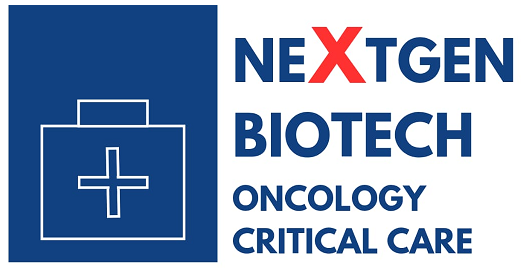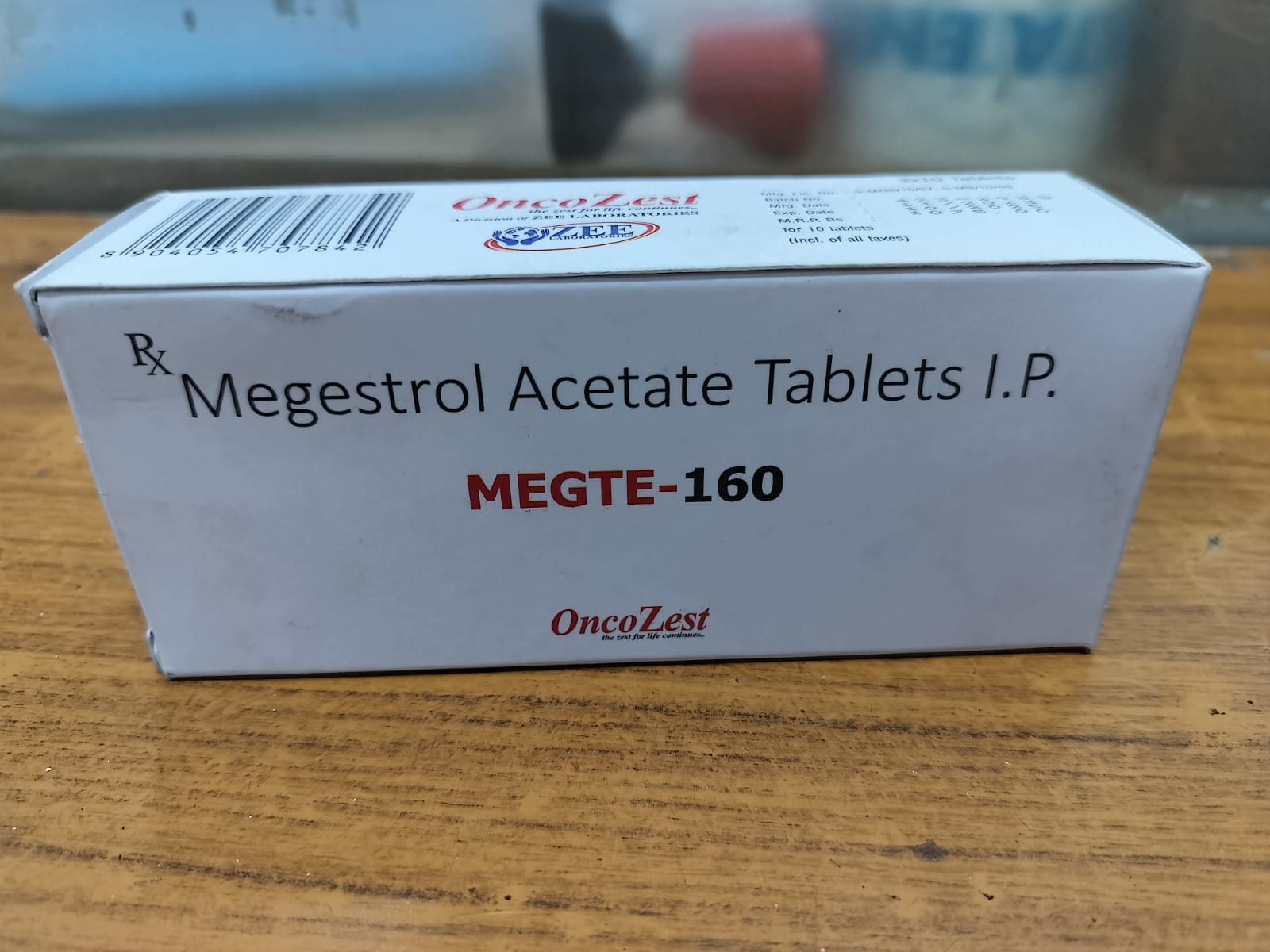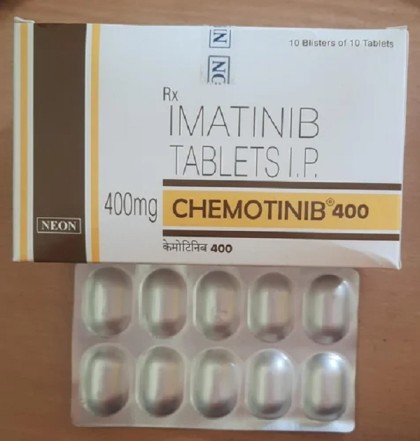Product Intro:
Erlonat is a precision therapy that interferes with the growth of cancer cells dependent on the epidermal growth factor receptor (EGFR). It is a first-generation tyrosine kinase inhibitor (TKI) used both as a first-line and maintenance therapy in EGFR-positive cancers, especially lung and pancreatic types.
Uses (Indications):
-
Non–Small Cell Lung Cancer (NSCLC):
-
For advanced or metastatic NSCLC with EGFR mutations.
-
First-line, second-line, or maintenance therapy after chemotherapy.
-
Pancreatic Cancer:
-
EGFR Mutation–Positive Cancers:
-
Central Nervous System (CNS) Metastases:
-
Resistance Cases:
-
Other Solid Tumors (under study):
Storage Instructions:
-
Store at temperatures below 30°C in a dry location.
-
Protect from light and moisture.
-
Keep in original packaging until use.
-
Keep out of reach of children.
5. How It Works (Mechanism of Action):
Erlotinib selectively inhibits the tyrosine kinase domain of the EGFR (ErbB1 receptor) by binding to the ATP-binding site. This action blocks downstream signaling cascades involved in cell growth, proliferation, and survival, particularly the RAS/RAF/MEK/ERK and PI3K/AKT pathways. This inhibition is most effective in cancer cells that rely on mutated EGFR for survival and division.
Side Effects:
Common Side Effects:
-
Rash and acneiform eruptions (most frequent and linked to efficacy)
-
Diarrhea (mild to moderate, often manageable)
-
Fatigue and weakness
-
Nausea and vomiting
-
Loss of appetite and weight loss
Severe or Less Common Side Effects:
-
Interstitial Lung Disease (ILD): Rare but serious; monitor respiratory symptoms.
-
Hepatotoxicity: Elevated liver enzymes; regular liver function testing is advised.
-
Corneal ulceration or keratitis: Eye discomfort or changes in vision.
-
GI bleeding or perforation: Rare, but more likely in patients with a history of ulcers.
-
Renal dysfunction or electrolyte imbalances in some patients.
Dosage (Typical Recommended Dose):
-
NSCLC: 150 mg orally once daily on an empty stomach
-
Pancreatic Cancer: 100 mg once daily (with gemcitabine)
-
Dose Adjustments: Required for liver impairment or significant adverse effects
-
Therapy is continued until disease progression or unacceptable toxicity
Method of Administration:
-
Take on an empty stomach (at least 1 hour before or 2 hours after food)
-
Swallow the tablet whole with water—do not crush or split
-
Take the dose at the same time daily to maintain consistent drug levels
-
Avoid grapefruit juice, which may increase drug levels
Precautions:
-
Test for EGFR mutations before starting therapy
-
Smoking decreases efficacy—patients should stop smoking before and during treatment
-
Monitor for respiratory symptoms, which may indicate interstitial lung disease
-
Use contraception during and at least 1 month post-therapy (pregnancy category D)
-
Hepatic and renal function monitoring is essential
-
Sun protection is advised due to increased risk of skin rash and photosensitivity
Drug Interactions:
-
Proton Pump Inhibitors (PPIs): May reduce absorption; use H2 blockers cautiously
-
CYP3A4 inhibitors (e.g., ketoconazole): Increase drug concentration and toxicity risk
-
CYP3A4 inducers (e.g., phenytoin, rifampin): Reduce Erlonat efficacy
-
Warfarin: Increases risk of bleeding—monitor INR
-
NSAIDs: May increase gastrointestinal risks
Allergies (Warnings for Allergic Reactions):
-
Rare hypersensitivity reactions—may include rash, facial swelling, or itching
-
Severe allergic responses like anaphylaxis are uncommon but require immediate discontinuation
-
Avoid re-challenge in confirmed allergic reactions
Overdose Information:
-
Symptoms may include severe diarrhea, rash, vomiting, or QT prolongation
-
No specific antidote exists—treatment is supportive
-
Hospitalization may be needed for fluid management and monitoring
Missed Dose Instructions:
-
Take the missed dose as soon as remembered if not close to the next scheduled dose
-
Do not double the dose to compensate for the missed one
-
Resume normal schedule and consult the physician if multiple doses are missed
Additional Notes:
-
Patients with rash may experience better clinical outcomes
-
Long-term resistance may develop due to secondary EGFR mutations like T790M
-
Regular imaging and molecular monitoring are advised to assess disease response
-
Close dermatological monitoring is required, especially in the first month
-
Counsel patients thoroughly on smoking cessation, adherence, and skin care



